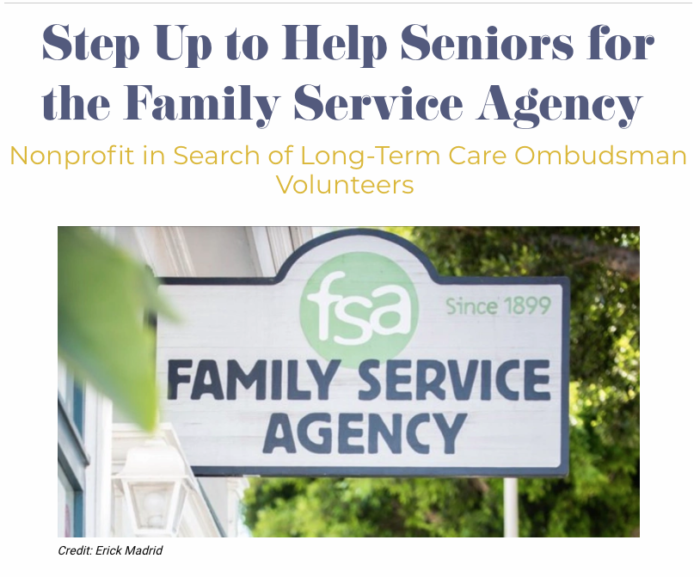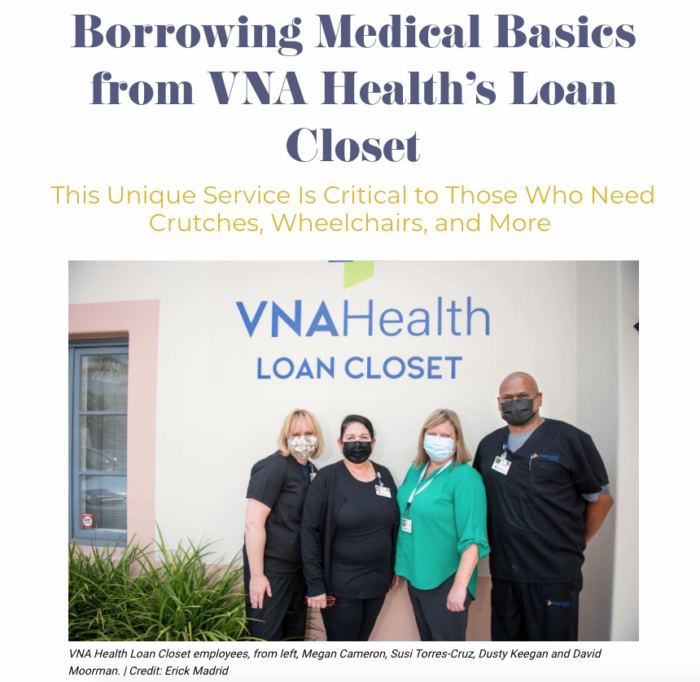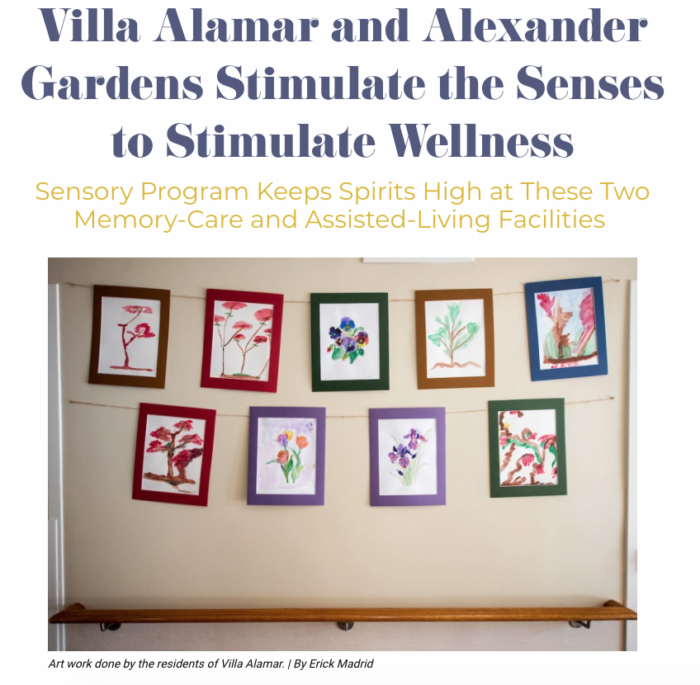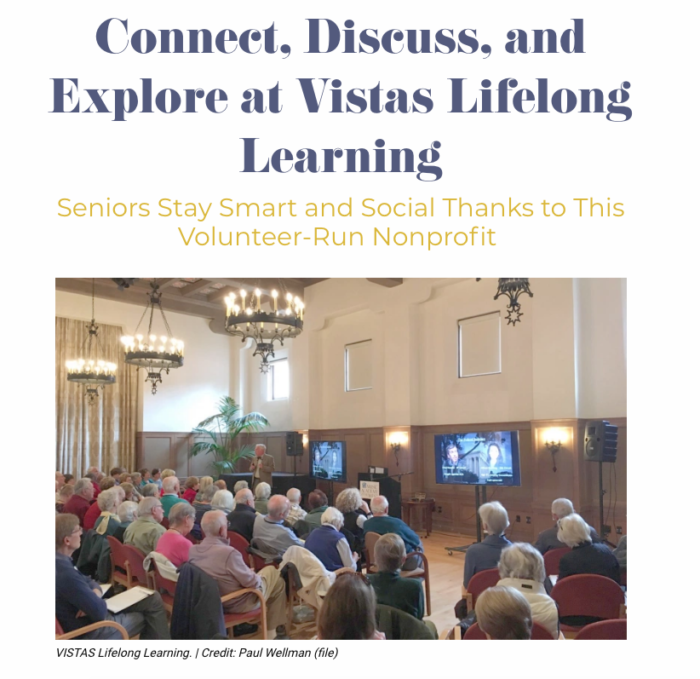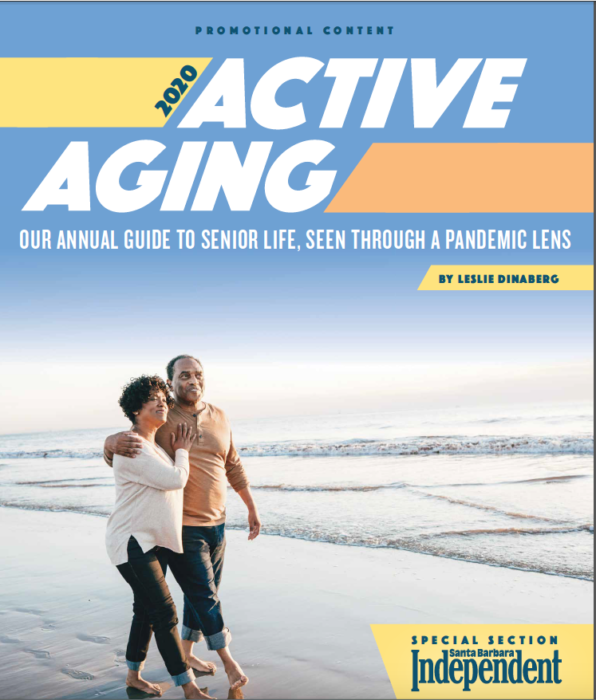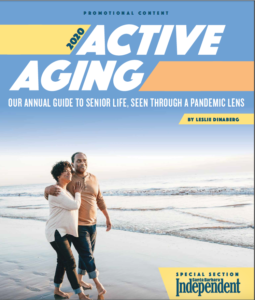 Diet and exercise is the key to good health at any age, but particularly as you grow older. Current research says a brain-healthy diet encourages good blood flow to the brain, is low in fat and cholesterol, and includes vibrant foods rich in antioxidants. Like the heart, the brain needs the right balance of nutrients to function well. To be most effective, a brain healthy diet should be combined with physical and mental activity and social
Diet and exercise is the key to good health at any age, but particularly as you grow older. Current research says a brain-healthy diet encourages good blood flow to the brain, is low in fat and cholesterol, and includes vibrant foods rich in antioxidants. Like the heart, the brain needs the right balance of nutrients to function well. To be most effective, a brain healthy diet should be combined with physical and mental activity and social
interaction.
Peter Do, senior director of Culinary Services at Westmont Living (westmontliving.com), which owns Mariposa at Ellwood Shores in Goleta, says there are a variety of foods that help to maintain brain health. He recommends:
· Eat in moderation; increase intake of protective foods that may reduce the risk of heart disease and stroke and protect brain cells.
· Avoid artery-clogging saturated fats and cholesterol that can put you at higher risk for Alzheimer’s disease. “Remember to stay away from trans-fats, and stick with mono- and polyunsaturated fats such as olive oil or avocado oil that are very good for you,” said Do. “The preferred preparation is to bake or grill and not to fry. But if you want to fry something, then use canola oil, which is cholesterol-free. Also, when eating something like chicken, it is okay to grill it with the skin on to keep the meat moist, but remove the skin before serving and eating it.”
· Eat dark-skinned fruits and vegetables, which have the highest levels of naturally occurring antioxidants. These include kale, spinach, Brussels sprouts, alfalfa sprouts, broccoli, beets, red bell pepper, onion, corn, and eggplant. “Celery is also a great
source of antioxidants,” said Do. “Garlic also plays an important role in healthy eating. Chinese dishes have a lot of ginger and garlic, both of which makes them more healthy.”
· Choose vibrant, antioxidant-rich fruits such as plums, prunes, raisins,blueberries, blackberries, strawberries, raspberries, oranges, red grapes, and cherries.
· Cold-water fish containing beneficial omega-3 fatty acids are the best. Some
examples are halibut, mackerel, salmon, lake trout, and sardines.
· Eat nuts, such as almonds, pecans, and walnuts, which are a good source of vitamin
E, an antioxidant. “Nuts can be a good substitute for people who need omega-3
but do not like the taste of seafood,” said Do.
When asked about nutritional supplements, Do explained, “Not all food experts mention supplements because they are focused on a healthy eating program. However, we know that there are supplements which are especially supportive of brain health such as vitamin E, or vitamins E and C together, vitamin B12, and folate. All may be important in lowering your risk of developing Alzheimer’s. A brain-healthy diet will help your body use these vitamins effectively. Remember, for the best absorption, always take vitamins with food. You should check with your medical provider about which vitamins and how much are
safe for you.”
Westmont Living communities such as Mariposa at Ellwood Shores customize their dining program and take advantage of seasonal produce. “Santa Barbara has great
local produce, and we work with many local companies,” said Do, who frequently offers
salmon and fresh fish from nearby waters. “Our residents enjoy the trout and halibut
and love tuna. There are also more vegetarian options such as tofu and eggplant dishes.”
The facility’s Dine Your Way program connects culinary directors with residents
on a monthly basis. “So there are no one-size fits-all menus,” said Do.
See westmontliving.com.
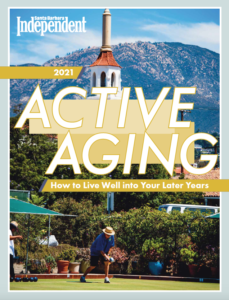 Originally published in The Santa Barbara Independent on August 12, 2021. Cover photo by Erick Madrid. To read this special section as it originally appeared in print, click here.
Originally published in The Santa Barbara Independent on August 12, 2021. Cover photo by Erick Madrid. To read this special section as it originally appeared in print, click here.
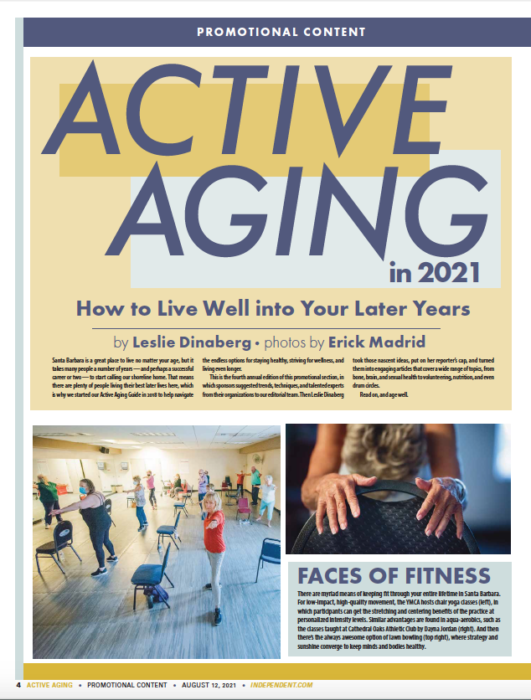 Santa Barbara is a great place to live no matter your age, but it takes many people a number of years — and perhaps a successful career or two — to start calling our shoreline home. That means there are plenty of people living their best later lives here, which is why we started our Active Aging Guide in 2018 to help navigate the endless options for staying healthy, striving for wellness, and living even longer.
Santa Barbara is a great place to live no matter your age, but it takes many people a number of years — and perhaps a successful career or two — to start calling our shoreline home. That means there are plenty of people living their best later lives here, which is why we started our Active Aging Guide in 2018 to help navigate the endless options for staying healthy, striving for wellness, and living even longer. Originally published in The Santa Barbara Independent on August 12, 2021. Cover photo by Erick Madrid. To read this special section as it originally appeared in print, click here.
Originally published in The Santa Barbara Independent on August 12, 2021. Cover photo by Erick Madrid. To read this special section as it originally appeared in print, click here.
